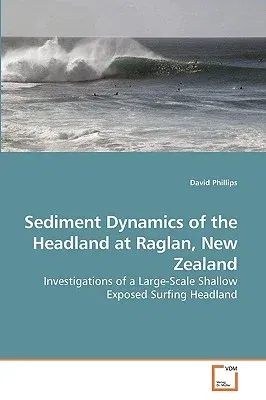David Phillips
(Author)Sediment Dynamics of the Headland at Raglan, New ZealandPaperback, 7 May 2010

Qty
1
Turbo
Ships in 2 - 3 days
In Stock
Free Delivery
Cash on Delivery
15 Days
Free Returns
Secure Checkout
Print Length
220 pages
Language
English
Publisher
VDM Verlag
Date Published
7 May 2010
ISBN-10
3639246993
ISBN-13
9783639246995
Description
Product Details
Author:
Book Format:
Paperback
Country of Origin:
US
Date Published:
7 May 2010
Dimensions:
22.86 x
15.24 x
1.27 cm
ISBN-10:
3639246993
ISBN-13:
9783639246995
Language:
English
Location:
Saarbrucken
Pages:
220
Publisher:
Weight:
326.59 gm

